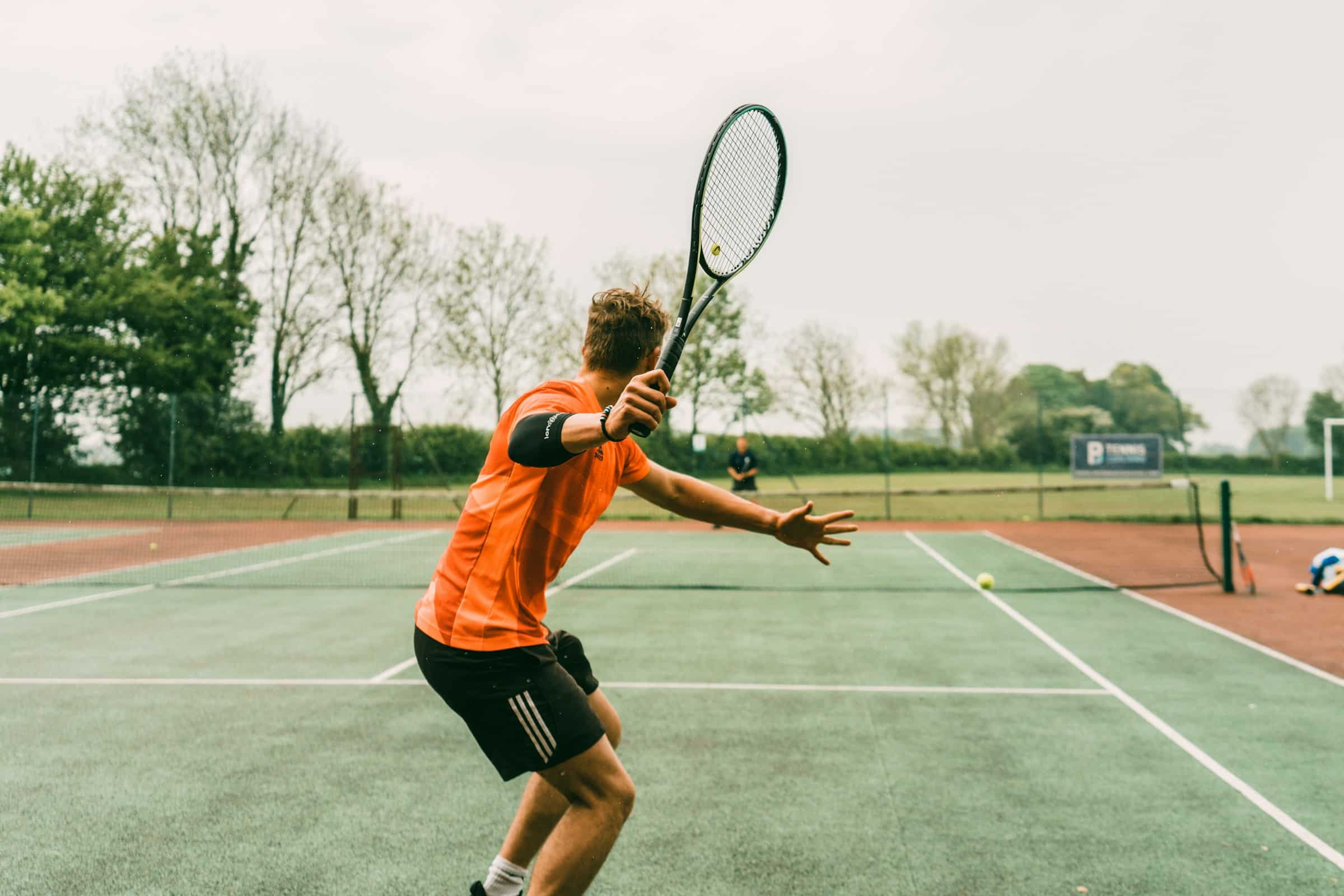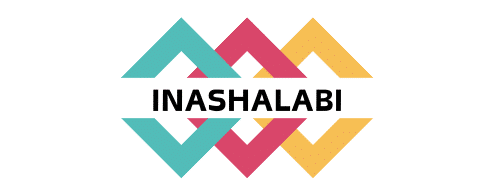How to Implement Agility Ladder Drills for Improving Footwork in Squash Players?

Squash is a fast-paced game that demands agility, speed, power and strength from those who play it. The ability to move quickly and accurately around the court is key to achieving success in this strenuous sport. A key factor in this movement is the player’s footwork. Proper footwork can help improve a player’s ability to reach the ball, maintain balance, and generate power in their shots. One of the best ways to improve footwork in squash players is to implement agility ladder drills in their training.
Why Focus on Agility Ladder Drills?
Agility is a vital asset for squash players. It allows them to demonstrate quick, precise movements and changes of direction on the court. Furthermore, agility helps in maintaining balance, which is crucial when you’re scurrying towards the ball or preparing to make a powerful shot.
Avez-vous vu cela : How Can Athletes Benefit from Virtual Reality Exposure Therapy for Overcoming Fear of Injury?
Agility ladder drills are a popular way to enhance agility in athletes. These exercises can improve foot speed, coordination, and overall agility. By incorporating agility ladder drills into your training program, you can equip your players with the requisite footwork skills to excel in the game.
Choosing the Right Agility Ladder Drills
When it comes to selecting the right drills, it’s important to remember that not all exercises are created equal. The key is to choose drills that will directly translate to improved performance on the squash court. Here are a few drills that can significantly enhance a player’s footwork and agility.
A lire aussi : What’s the Effect of Altitude Mask Training on Lung Capacity for Mixed Martial Artists?
In-Out Drill: This drill helps with lateral speed and change of direction. It starts with the player standing at one end of the ladder. The player then steps into each rung with both feet before stepping out on the other side. The pattern continues until the player has gone through the entire ladder.
Ickey Shuffle: Named after former NFL player Ickey Woods, this drill works on lateral movement, balance, and coordination. Starting on one side of the ladder, the player steps one foot in, followed by the other foot. The player then steps out with the first foot, leaving the second foot in the rung as they move to the next one.
Lateral Quick Steps: This drill focuses on speed and agility in lateral movement, a key skill in squash. The player starts on one side of the ladder and quickly steps sideways into each rung, leading with the foot closest to the ladder.
Incorporating Agility Ladder Drills into Training
Implementing agility ladder drills in a squash player’s training regimen requires a strategic approach. The drills should be introduced in a way that progressively challenges the player and promotes ongoing improvement.
Start with basic drills to familiarize the players with the ladder and the concept of agility training. Gradually increase the complexity and intensity of the drills as players become more comfortable and proficient. It’s also beneficial to incorporate drills that mimic specific movements in squash. This will help to transfer the skills practiced in training directly to the game.
Consistency is another important factor. Regularly include agility ladder drills in your training sessions to ensure continuous progress.
Measuring Improvement in Footwork
It’s crucial to measure the players’ progress to determine if the agility ladder drills are effective. Use time-based tests to measure speed and agility improvements. For instance, time how quickly a player can complete a drill at the start of the training program, and then repeat the test after several weeks to assess improvement.
Also, observe the players during games. Notice any improvements in their foot speed, balance, movement efficiency, and overall agility on the court. You can also ask for players’ feedback. They might notice improvements in their footwork that are not immediately visible to coaches.
By carefully selecting and implementing agility ladder drills in your training, and then measuring the improvements, you’ll be well on your way to enhancing the footwork and overall performance of your squash players.
Incorporating Specific Squash Movements into Ladder Drills
Enhancing the footwork of squash players can be effectively accomplished by incorporating specific squash movements into agility ladder drills. This approach, known as functional movement training, can improve the agility, foot speed and explosive power of players, making them more capable of reaching and hitting the ball swiftly and accurately.
A practical example of this is the ‘Opens Window’ drill. In this drill, the player starts at one end of the ladder with their left foot in the first rung. They then step in with the right foot, before stepping out with the left foot, mimicking the motion of opening a window. The right foot follows and the process is repeated down the ladder. This drill not only develops foot speed and agility, but it also mimics the quick change of direction often required in squash.
Another functional movement drill is the ‘Single Leg In-Out’ drill. This drill works on a player’s ability to maintain balance on one foot, a crucial skill when reaching for a ball or preparing to hit it. The player stands on one side of the ladder, hops in with one leg, and then hops out on the other side. This action is then repeated with the other leg.
Finally, the ‘Jump Rope’ drill can also be integrated into agility ladder training. This drill involves the player jumping over each rung of the ladder as if they are using a jump rope. This boosts a player’s lower body strength, an important factor for explosive power in squash.
Conclusion: The Benefits of Agility Ladder Drills for Squash Players
In conclusion, agility ladder drills offer a versatile, effective tool for enhancing the footwork of squash players. By focusing on exercises that improve agility, foot speed, and the ability to change direction rapidly, these drills can significantly enhance a player’s performance on the squash court.
Moreover, incorporating specific squash movements into ladder drills can provide an even greater benefit. Functional movement training can make these exercises more applicable to actual game situations, and lead to more noticeable improvements in agility and foot speed.
Finally, regular and consistent practice of these drills is key. Like any form of training, the full benefits of agility ladder drills will only be realized through regular practice and progressive challenges.
By incorporating agility ladder drills into squash training, coaches and players can work together to develop fast feet, improve body composition, and ultimately, elevate the level of play. It allows players to move with more confidence and precision, thereby enhancing their ability to hit the ball accurately and with greater power. So, whether you’re a beginner squash player or an experienced pro, agility ladder drills can provide a significant boost to your game.
